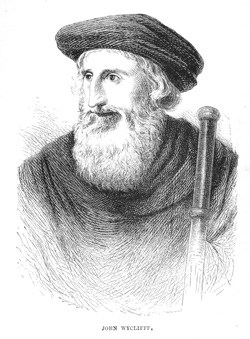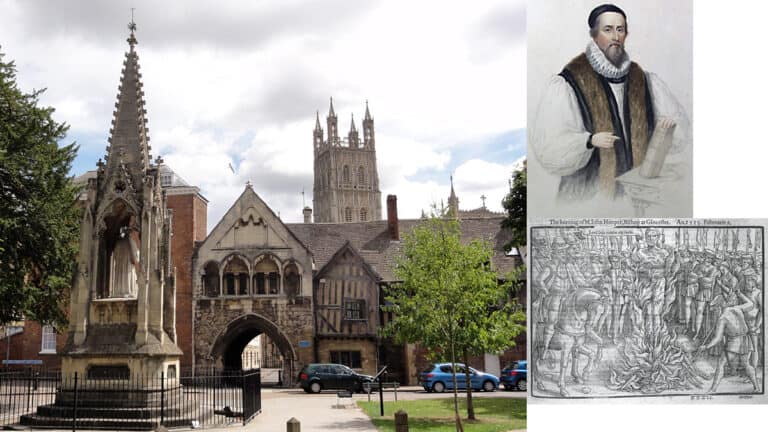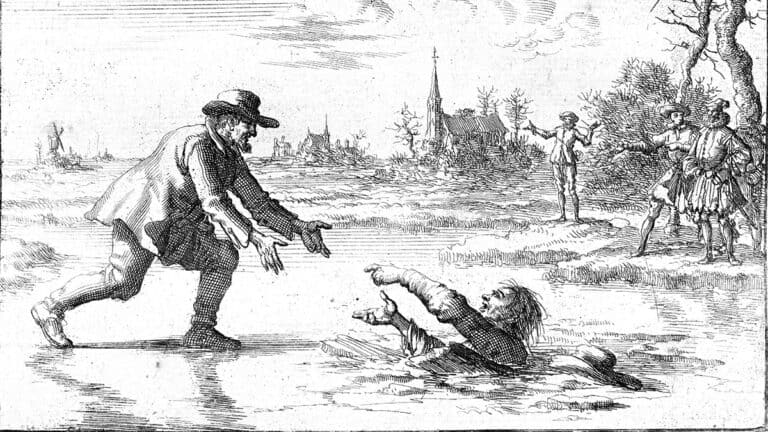Wayside Sketches in Ecclesiastical History. 9 Lectures by Charles Bigg

Charles Bigg [1840–1908], Wayside Sketches in Ecclesiastical History. Nine Lectures with Notes and Preface. London: Longmans, Green & Co., 1906. Hbk. pp.230. [Click to visit the download page for this volume]
Table of Contents
- Preface
- Prudentius
- Paulinus of Nola
- Sidonius Apollinaris
- Grossteste
- Wycliffe
- A Kempis
- The English Reformation – I
- The English Reformation – II
- The English Reformation – III
Wycliffe
One of the most notable events of the fourteenth century was the removal of the papacy from Rome to Avignon. It lasted from 1305 to 1378, and was followed by the Great Schism, from 1378 to 1414, during which there were two rival popes, one at Rome, the other at Avignon.
Avignon was in France though not of it. The city belonged to the King of Naples, who was also Count of Provence. The choice of this place of exile was determined by the struggle between Philip IV. of France and Boniface VIII., and this struggle was the direct result of the new temporal sovereignty of the Pope. Crushed between two formidable rivals, the Emperor and the King of France, the Pope put himself under the protection of the latter, and by this act became the bishop in the French political game of chess…


